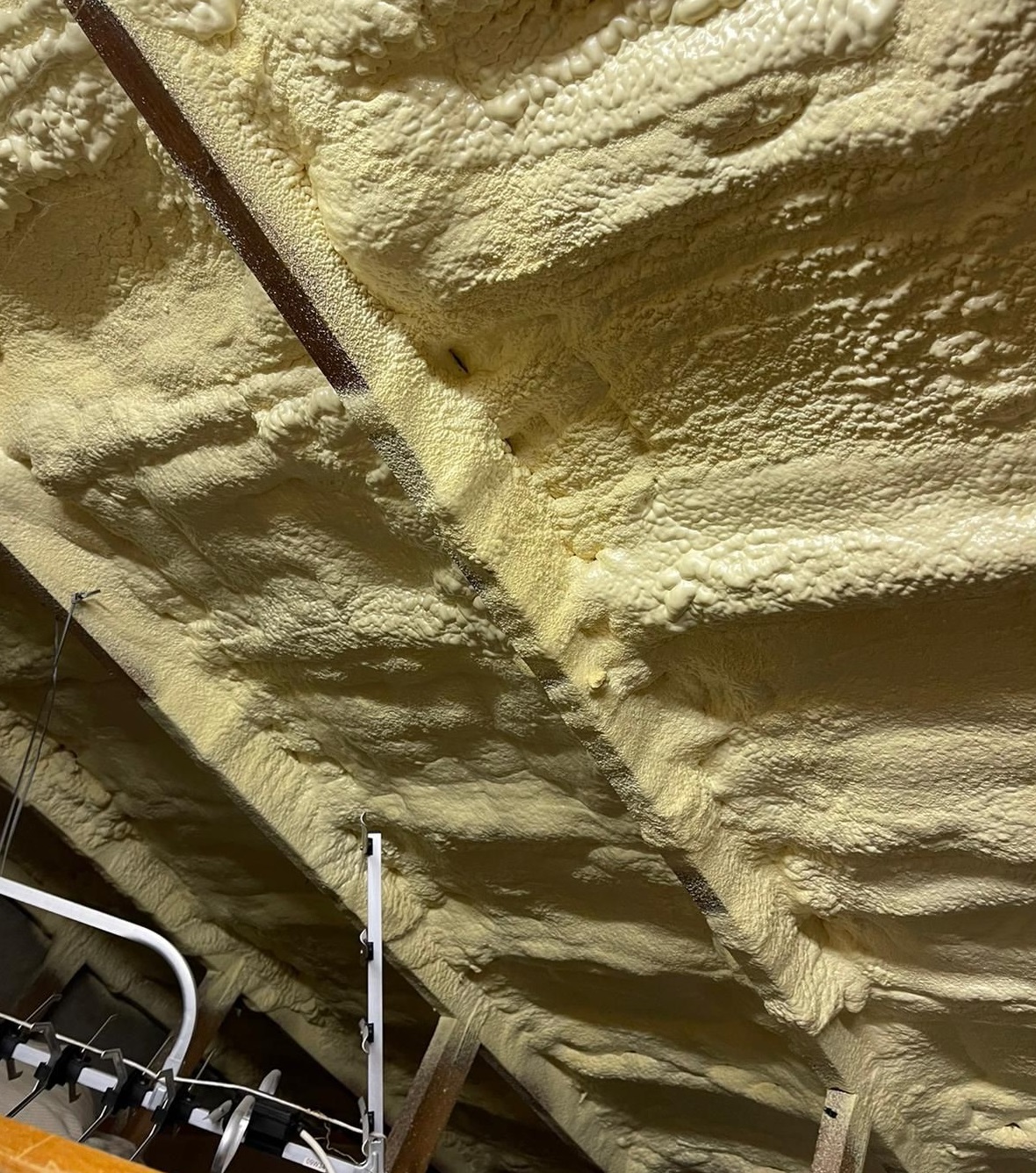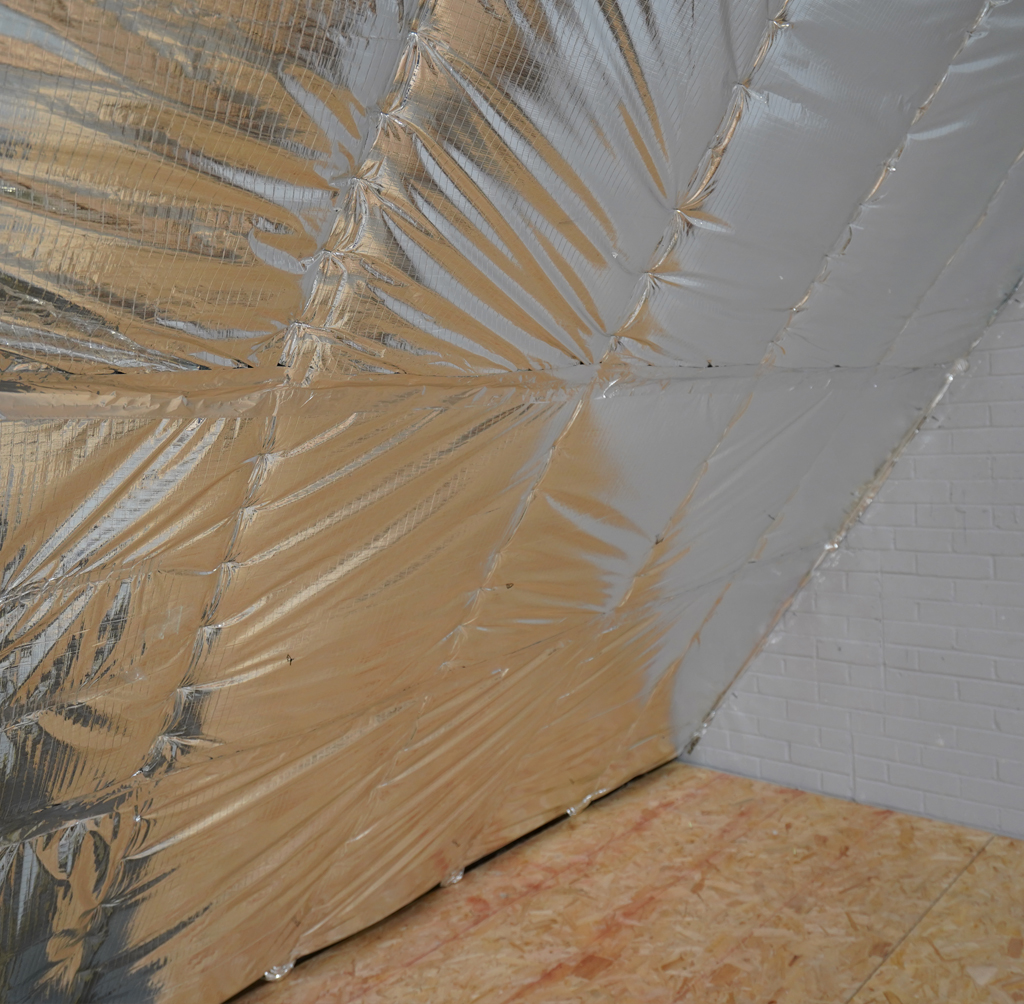Reasons to Switch from Spray Foam to Multifoil Loft Insulation
Reasons to Switch from Spray Foam to Multifoil Loft Insulation
If you currently have or are considering installing spray foam loft insulation in your home, it may be wise to pause and reassess your decision. Let’s look into the reasons to switch from spray foam to multifoil loft insulation.
In the past spray foam loft insulation was marketed as an ideal solution, but recent evidence has revealed numerous issues associated with this choice. Homeowners are now encountering unforeseen difficulties, such as health concerns and a decline in property values.
There is a positive aspect to this situation – there is a more effective solution available. Multifoil insulation is a superior and more dependable option to spray foam insulation. Our expertise in home insulation has assisted numerous households in transitioning from spray foam. Allow us to demonstrate why this switch may be the optimal decision for your home.
Spray Foam Insulation Safety Precautions
The use of spray foam for loft insulation presents significant health hazards that all homeowners should be aware of.
Chemical Exposure
The primary issue with spray foam insulation is related to its chemical makeup. While being installed, these substances release isocyanates and volatile organic compounds (VOCs) that can cause immediate health reactions. Furthermore, even after installation, these chemicals can continue to impact the quality of indoor air. According to manufacturers, individuals should vacate their homes for a period of 24 to 72 hours following application.
Ventilation Issues
The use of spray foam in homes can cause significant problems with ventilation. Improper installation can limit the flow of air in roof spaces, resulting in issues such as dampness and condensation. By creating a tight seal, spray foam can trap hazardous agents within your home, including:
- Excess moisture which can lead to issues with mould and dampness
- The release of chemicals
- Carbon Dioxide can accumulate within your home
- Pollutants in the air can cause harm
Advantages of Transitioning to Multifoil Insulation
Multifoil insulation has shown to be a superior option compared to spray foam insulation. The following benefits make it an ideal choice for your household.
Secure Installation Procedure
SuperQuilt is made up of 83% recycled materials, while BreatherQuilt contains 72% recycled materials. The installation of these products does not require any protective equipment, making them ideal for both professional installers and DIY enthusiasts who want a secure and straightforward installation process.
Characteristics of Multifoil Insulation
The presence of a built-in vapour control layer distinguishes multifoil insulation from other types and effectively controls moisture and minimises condensation. By ensuring proper installation, multifoil insulation provides these advantages:
- Helps to prevent the buildup of moisture
- Reduces the chance of mould forming
- Ensures proper air circulation
- Forms an efficient barrier against vapour when sealed
Maintaining Temperature Control Throughout the Year
The use of Multifoil Insulation has made impressive results in temperature control. It effectively reflects infrared radiation into the house during winter, while deflecting excessive heat during summer. This ensures consistent indoor temperatures throughout the year, resulting in significant energy conservation.
Impact of Spray Foam on Mortgages
The regulations for mortgage lending have become more stringent. The current position of prominent lenders in the UK is as follows:
TSB Bank, Skipton Building Society, Co-operative Bank, and Principality do not approve loans for properties that have been insulated with spray foam. However, Lloyds, Nationwide, Barclays, NatWest Group, and Santander consider loan applications on a case-by-case basis. In some cases, lenders may require the removal of spray foam within 90 days after the loan has been approved.
Potential Increase in Real Estate Value
There are encouraging indications regarding the use of alternatives to multifoil insulation. Installing multifoil will result in improved Energy Performance Certificate (EPC) ratings, leading to an increase in property value. This becomes even more significant due to the potential impact of issues related to spray foam on approximately 300,000 properties. Houses that are insulated with multifoil maintain their eligibility for mortgages and also enjoy higher energy efficiency ratings, making them more appealing to potential buyers.
Conclusion
Opting for multifoil insulation is the superior choice. This eco-friendly alternative offers exceptional thermal efficiency, ensuring compliance with building regulations and even surpassing them. Moreover, its longevity spans over 50 years. The added safety advantages make it an appealing choice – installation does not require any protective gear and poses no health hazards for occupants.

 Fast Next Working Day Delivery
Fast Next Working Day Delivery Bulk Discounts Available
Bulk Discounts Available Order Pre 2pm for Delivery
Order Pre 2pm for Delivery 

